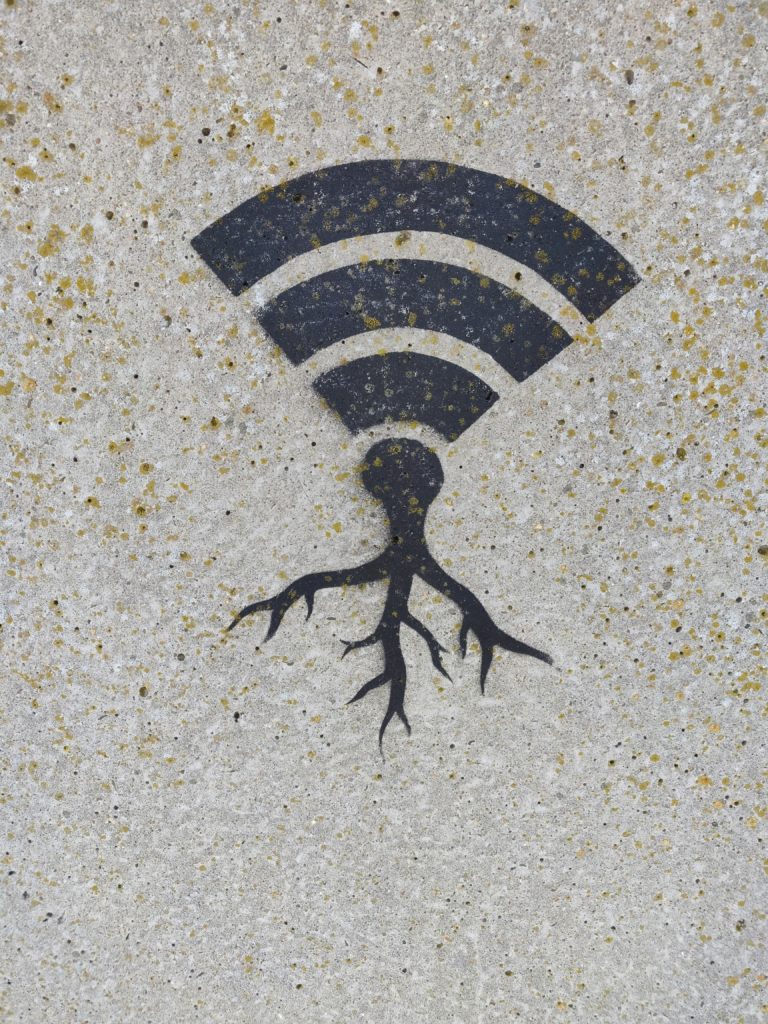
In the digital age, WiFi is ubiquitous, providing the backbone for our connected lives. However, concerns about its health implications, particularly regarding cancer, have surfaced amidst its widespread use. At Fix My WiFi, we understand the importance of addressing these concerns with clear, evidence-based information. In this post, we delve into the scientific community’s findings on WiFi and its health impacts, helping you stay informed and safe. Visit us at Fix My WiFi for more insights into safe and effective WiFi usage.
Understanding WiFi Radiation
WiFi networks emit electromagnetic radiation (EMR) to transmit data. This type of radiation is categorized as non-ionizing, which means it lacks sufficient energy to remove tightly bound electrons from atoms or molecules and cause damage to the DNA within cells—a key factor in cancer development.
The Science Behind WiFi and Cancer
The International Agency for Research on Cancer (IARC), a part of the World Health Organization (WHO), has classified all radiofrequency electromagnetic fields (including those from mobile phones and WiFi) as Group 2B – possibly carcinogenic to humans. This classification is used when a causal association is considered credible, but chance, bias, or confounding factors cannot be ruled out with reasonable confidence. For context, other agents in this group include pickled vegetables and coffee, indicating a level of risk that requires further research but is not definitively proven.
Extensive research has been conducted to explore the potential health effects of electromagnetic fields from WiFi. Studies such as those compiled by the National Cancer Institute suggest that the low levels of radiation emitted by WiFi routers are well below the limits for public exposure, as determined by international guidelines, and are therefore unlikely to cause health effects, including cancer.
Reducing Exposure to WiFi Radiation
While current research does not confirm a link between WiFi and cancer, it is understandable that some people may choose to minimize their exposure. Here are some tips to reduce WiFi radiation exposure without disconnecting from modern conveniences:
- Increase Distance: The strength of radiation decreases sharply with distance. Place WiFi routers away from places where people spend much time, such as desks or beds.
- Limit Usage: Reducing the amount of time connected to WiFi and turning off the router when not in use can decrease overall exposure.
- Use Wired Connections: Whenever possible, consider using wired connections, which emit no radiation.
Conclusion
Based on extensive scientific research, there is no conclusive evidence that WiFi causes cancer. It emits low-level non-ionizing radiation, which has not been shown to significantly affect human cells or DNA. We encourage staying informed through credible sources and adhering to recommended safety guidelines to ensure that your use of WiFi is both safe and effective.
For more information on safely optimizing your WiFi setup or any other connectivity solutions, feel free to visit Fix My WiFi’s services page.


